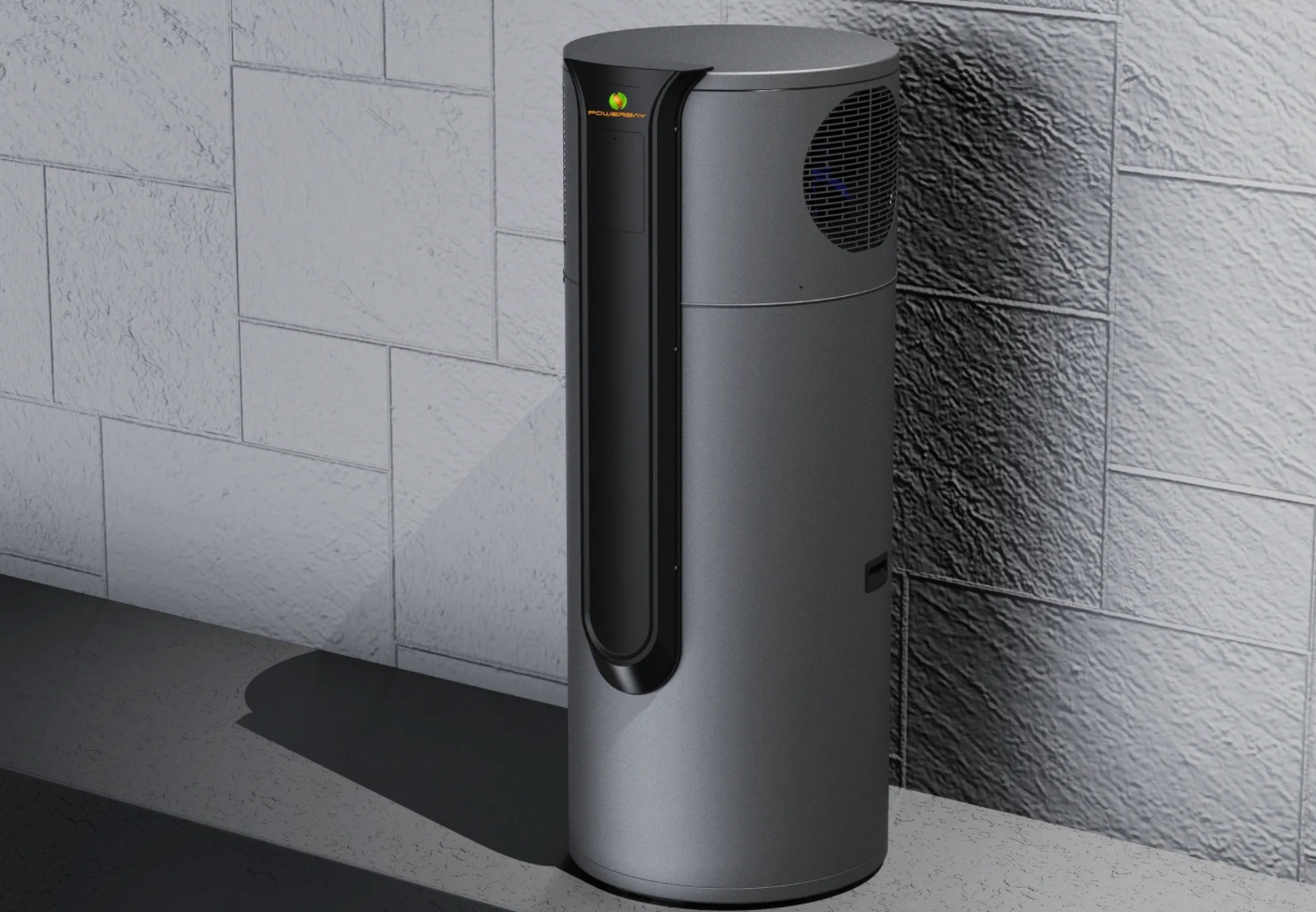How to Choose a Reliable Solar Energy Installer
Tips from the Experts at Sustainable Energy Partners
The solar energy boom has brought a surge of new installers into the market, making it crucial for consumers to know how to find trustworthy professionals. With the right installer, you can ensure a smooth transition to renewable energy and reap the full benefits of your solar investment. At Sustainable Energy Partners, we’ve put together a guide to help you wrangle a trustworthy solar energy installer.
Did you know that between 2011 and 2021, over 750 solar companies in Australia went into liquidation or ceased trading? Assuming these companies operated for an average of 4 years and installed about 250 systems annually, approximately 750,000 solar systems—over one-third of the total would now have a lack of ongoing support.
During the solar boom, numerous new companies sprang up aiming to capitalise quickly on the growing demand for rooftop solar systems. Unfortunately, many of these companies neglected their long-term responsibilities, often cutting corners, using inferior components, and drafting unreliable contracts.
When it comes to getting solar for your property, keep an eye out for these warning signs when dealing with a solar provider:
Missing Credentials:
Always verify the credentials of any solar installer you're considering. Legitimate companies should have certifications from reputable organisations. If a company can't provide these credentials, it’s a red flag.
Questionable Reputation:
A company's reputation speaks volumes about its reliability. Look for reviews and testimonials from previous customers on platforms like Google, Yelp, or the Better Business Bureau. Be cautious of companies with numerous negative reviews or unresolved complaints.
Too-Good-to-Be-True Offers:
If an offer seems too good to be true, it probably is. Extremely low prices or promises of unrealistically high returns on investment can indicate that the company is cutting corners or using substandard materials. Always get multiple quotes and compare them carefully.
Unprofessional Behaviour: Professionalism is key in any business transaction. Pay attention to how the company communicates with you. Are they responsive and transparent? Do they provide clear and detailed information? Unprofessional behaviour, such as missed appointments, vague answers, or pressure tactics, is a warning sign.
Cash-Only Transactions: Be wary of companies that insist on cash-only transactions. Reputable businesses typically offer multiple payment options, including credit cards, checks, and financing plans. Cash-only requests can be a sign of potential fraud or tax evasion.
By being aware of these red flags, you can better protect yourself and ensure you choose a trustworthy solar energy installer. It’s important to always do your homework when making big decisions like this, so you’re not later left on your own.
If not provided, always ask for detailed quotes, including the cost of equipment, installation, and any additional fees. Be wary of quotes that seem unusually low, as they may cut corners or use subpar materials.
And of course, make sure you’re being provided good customer service. Good customer service is a hallmark of a trustworthy installer. Pay attention to how responsive and helpful the company is during the initial consultation and throughout the quoting process. Reliable installers will take the time to answer your questions and provide clear explanations.
At Sustainable Energy Partners, we’re well-versed in the rebates available to all Victorians, which is another important aspect to look out for. An experienced installer should be knowledgeable about local incentives and rebates that can reduce your overall costs. They should assist you in applying for these incentives and ensure that your system meets all eligibility requirements.
If this is your first time switching to solar energy, it’s important to understand that it is a big investment with great long-term benefits. That’s why finding a reliable installer is key to a successful setup and getting the most out of your investment. At Sustainable Energy Partners, we're here to help you every step of the way.
Contact us today to learn more about how we can help you harness the power of the sun.
Disclaimer:
The information provided in this blog post is for general purposes only. While we strive to ensure the accuracy and reliability of the content, we make no representations or warranties of any kind, express or implied, about the completeness, accuracy, reliability, suitability, or availability of the information contained herein. Any reliance you place on such information is strictly at your own risk. We will not be liable for any loss or damage arising from the use of, or reliance on, the information presented in this blog post. It is always recommended to seek professional advice or conduct further research for specific situations or concerns. The inclusion of any links to external websites does not necessarily imply endorsement or support for the views expressed within them.


